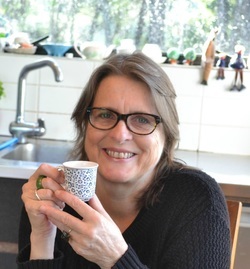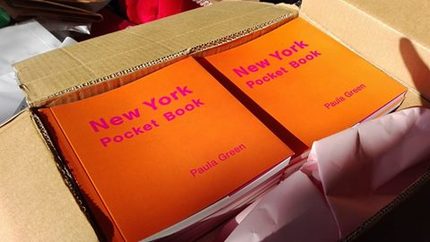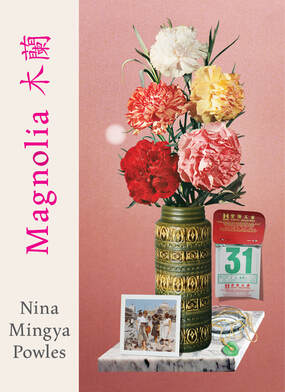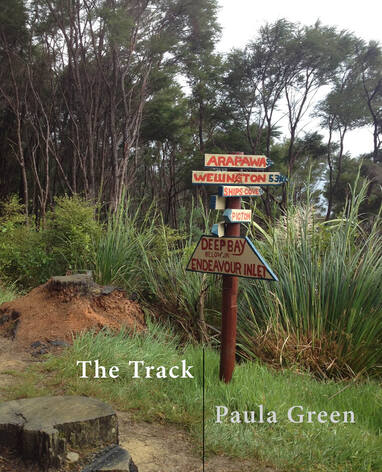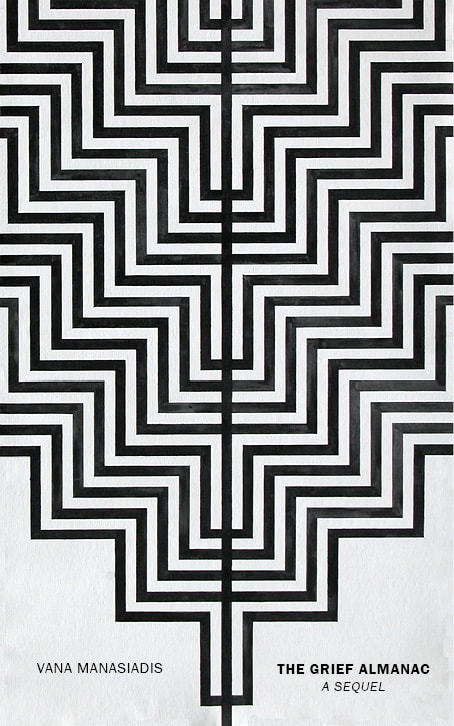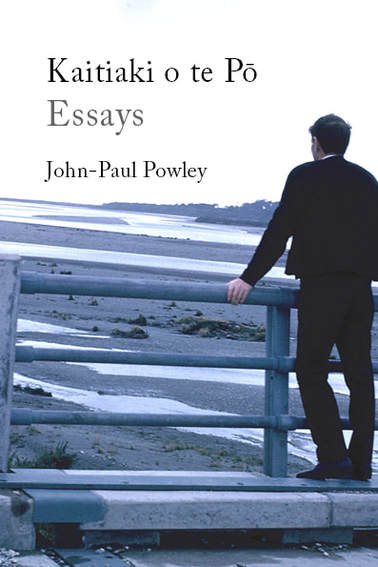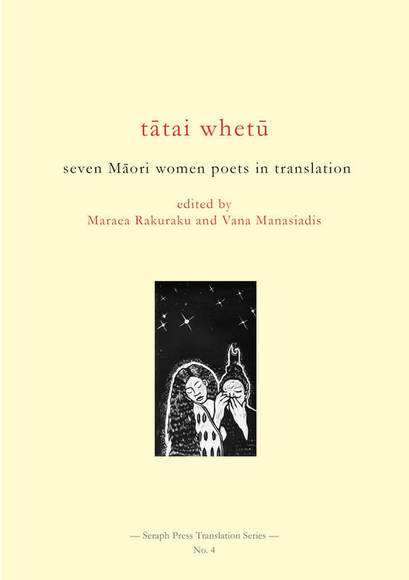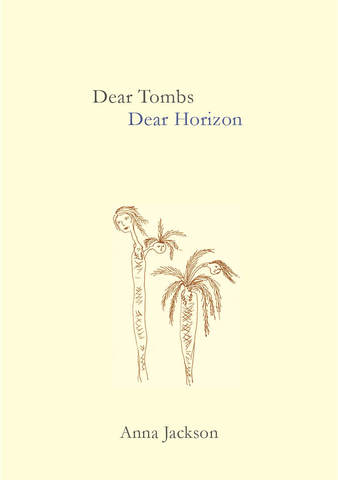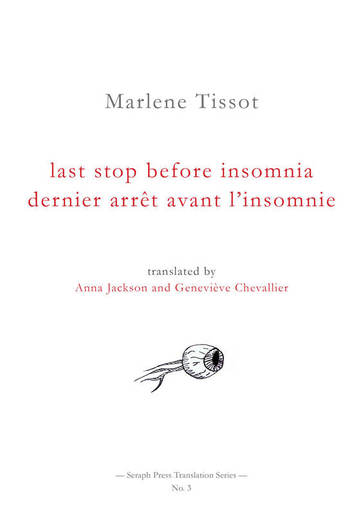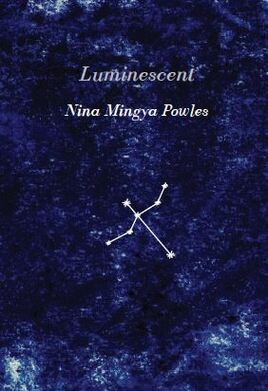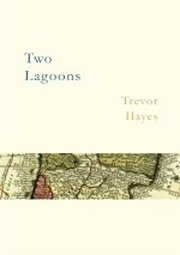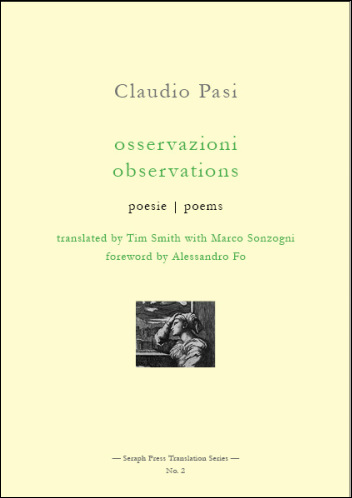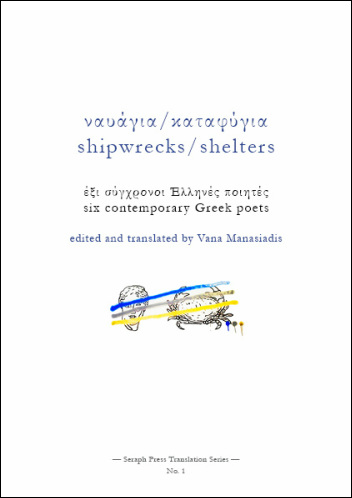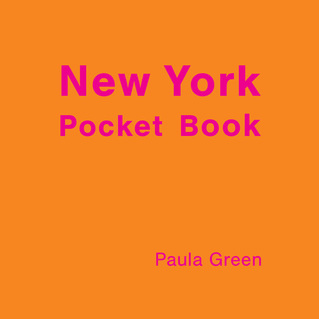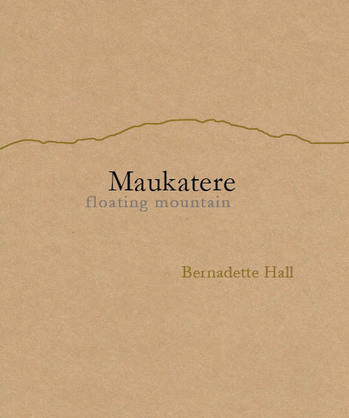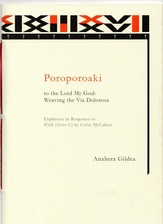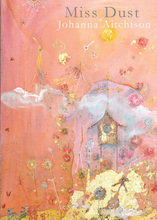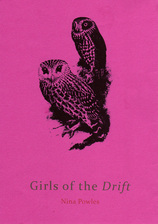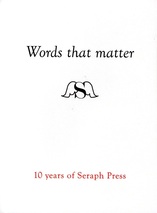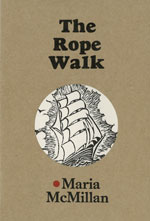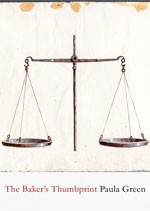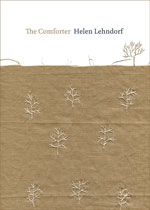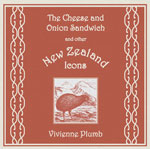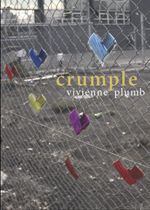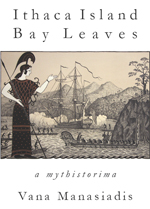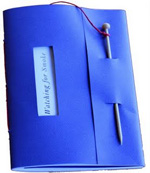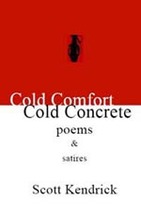My family (Michael and our teenage girls) had 10 nights in New York about six years ago. Michael had spent a week there with only a few coins in his pockets on his way to London before I met him. He’s an artist but couldn’t afford to get into any of the art museums and slept in a stoop at night with his mate. So this visit was going to be very different. The trip, however, was a first for the girls and I. We bought New York City Passes and each picked things—which meant we all went to things we might not have picked but that were very cool. The girls picked the Botanical Garden, which was this explosive, visual surprise. They also picked Madame Tussauds, which was an endless string of wow wow wow! I picked Ellis Island, where the early immigrants were processed, and was moved at so many levels. I adored walking for miles, the great museums (especially the Museum of Natural History and the Met). We didn’t rush. I sat in front of certain paintings for ages while tourists whizzed through rooms clicking.
I guess I had built a NYC in my head that was calibrated from TV series and fiction, so the real thing busted that into a thousand molecules and then reassembled with smell and taste and infectious noise. Oh and the musicals were a high point, plus we got to see the extraordinary stage play of The War Horse. I could rave about the bookshops, the food, the city beauty. Arrived with a near empty suitcase, returned home with a bag of books and a T-shirt or two.
Would we go there again? Yes!
Our guide for our journey around New York is the character of Josephine, whose eyes we see everything through, but who remains enigmatic. Why did you decide to use a persona or alter-ego?
I liked the idea of a figure that could carry bits of me but that also carried bits of not-me so I could tell the truth and invent to my heart’s delight. Someone asked me where the name came from and I said kept rolling it over my tongue. I just liked the sound of it. It was the first name that popped into my head. Having a protagonist makes it a bit more of a story book, like an on-the-road musing. I didn’t want to provide a dense back story for Josephine, just leave little clues. It is all about how you experience something for the first time and how that experience hits you quick and smart, slow and deep, in so many different ways.
Many of the poems are interestingly spaced or arranged on the page. Can you talk about why you decided to do that?
There is always a mysterious alchemy between form, sound and content. You have a starting point for a poem and then without analysis or interrogation the form unfolds like the water you spill. It just happens. It could look like this, or it could look like that. Later you can follow the sparks between that poetry trinity.
New York poets and their poetry are very important in this book. Have they been important to you as a poet? Who are your favourites, and are they the ones who have been most influential on you?
I got a T-Shirt at a stall that said ‘Lettuce turnip the beet’ which I really like. It made me think of the NYC poets from generations back walking on the same streets as me, seeing the same moon, the same odd angles of sky. It is not that an individual poet galvanized me – I think my key influences lie elsewhere – but I loved the idea of a school of a poetry hubbub.
I kept wondering how would my writing differ if I had been raised on this thin, populous, adorable island?
Many of the poems are meditations on poetry, what poetry is and what it takes to make a poem. Have you come to any conclusions?
When I am away from my list of weekly tasks, I find a renewed liberation of thought. When I travel there is a certain wonder, joy and equilibrium that is in part being with the ones I love and in part being somewhere new. I think I decided that my poetry comes out of this rather than struggle, pain or despair, as it does for some writers. Poetry is way of holding onto life. We all do it differently and that is what makes it so wonderful.
Find out more about New York Pocket Book
Find out about the Auckland and Wellington launch readings
